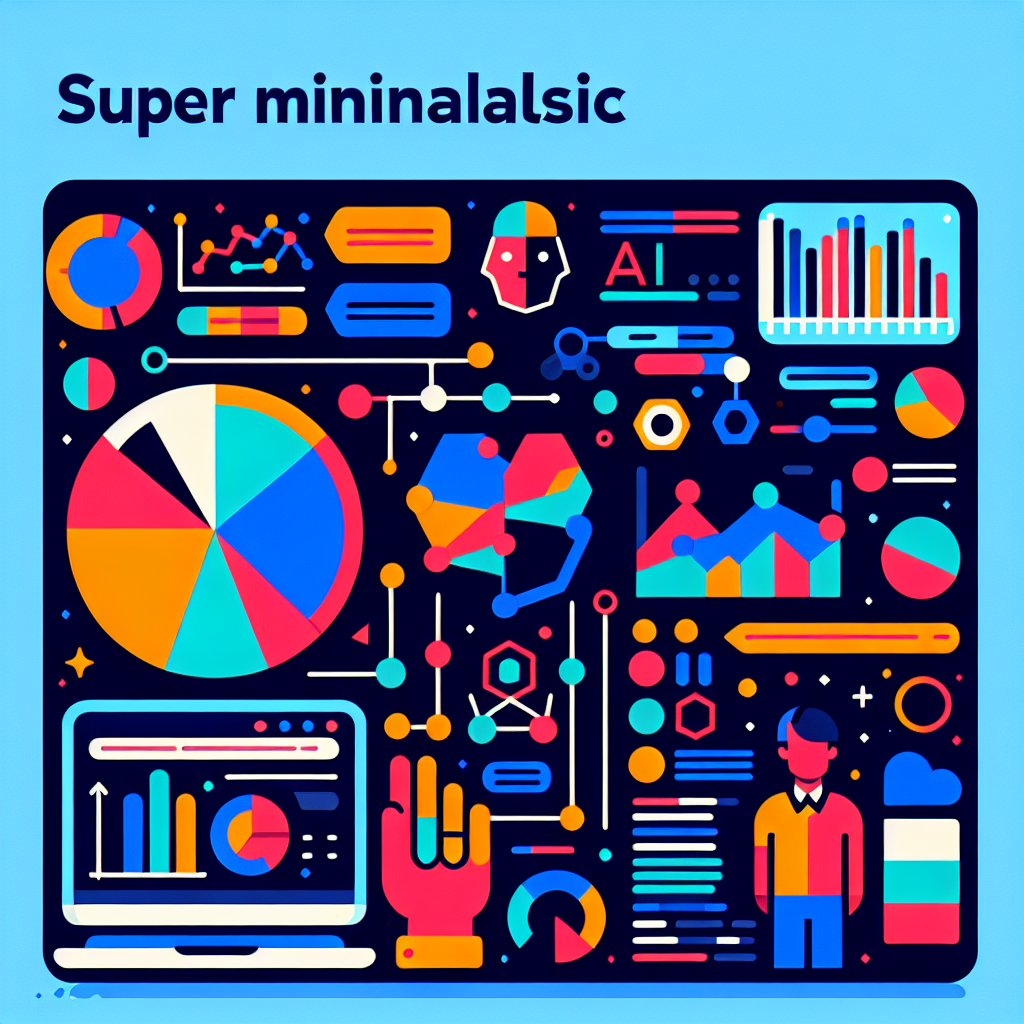Why ARIA patterns matter for WordPress accessibility
When building WordPress sites, visual polish is only half the job. Screen readers, keyboard users and assistive technologies rely on correct semantics and ARIA roles to interact reliably. Misplaced attributes or missing roles create real barriers — and real legal risk under the UK Equality Act and international accessibility guidelines such as WCAG.
Where AI helps — and where it doesn’t
Modern AI is excellent at pattern recognition and suggestion. Use it to generate consistent ARIA patterns and microcopy for blocks, but don’t expect it to replace manual testing.
- Good uses: propose ARIA roles, suggest aria-expanded/aria-controls pairings for accordions, create accessible label text, and produce keyboard interaction guidelines.
- Not a replacement: AI can hallucinate attributes, miss focus-order issues, or suggest technically invalid markup. Human validation is essential.
Practical, safe workflow for AI-generated ARIA patterns
Follow a repeatable process that keeps human reviewers central.
- Audit first: run automated tools (Lighthouse, axe) to identify hotspot components and frequent failures.
- Generate patterns: feed component context to your AI model (markup, role, expected behaviours) and request an ARIA pattern with examples and keyboard instructions.
- Human review: accessibility specialist reviews and approves attributes, tab order, and error handling. Check against WCAG success criteria.
- Implement as modular blocks: convert approved patterns into reusable block patterns or custom blocks so the ARIA is consistently applied.
- Automated tests: add axe or Puppeteer accessibility checks to your CI to catch regressions.
- Monitor in production: use synthetic monitoring and real-user reports to spot edge cases and regressions.
How to implement AI-suggested ARIA safely in WordPress
Make implementation frictionless for authors while preserving semantics.
- Create reusable block patterns or custom blocks that include the ARIA attributes the AI produced. This keeps editors from accidentally removing required markup.
- When using page builders like Elementor, wrap patterns in a small, protected PHP render function or use server-side blocks so attributes remain intact.
- Store canonical patterns in a pattern library and version them. If an AI update changes recommendations, you can audit and roll updates centrally.
- Include inline guidance for editors — short microcopy that explains keyboard expectations and why not to remove certain attributes.
Concrete example: accessible accordion pattern (how AI helps)
Rather than giving code, here’s a safe, non-technical path you can use today.
- Ask the AI to produce an accordion pattern with expected ARIA: a button with
aria-expandedandaria-controls, a panel withrole="region"andaria-labelledby, and keyboard handling notes (Enter/Space to toggle, Arrow keys for navigation). - Human reviews the pattern, confirms unique IDs and focus management, and checks that panels are hidden using
aria-hiddenrather than display:none for assistive tech compatibility. - Save the pattern as a reusable block or custom block so editors insert a tested accordion every time — no guesswork.
Testing and monitoring — beyond the initial pass
AI can speed pattern creation, but accessibility needs continuous care.
- Include automated accessibility tests in your deployment pipeline.
- Perform manual keyboard and screen reader testing on key flows after releases.
- Use user feedback and analytics to prioritise problem areas — you can feed findings back into AI models to refine future suggestions.
Governance, privacy and model risks
Handle AI output with the same governance you apply to any content:
- Keep training prompts private if they include sensitive markup or client data.
- Prefer edge or server-side inference for private sites to avoid sending production HTML to third-party APIs where possible.
- Record decisions: which patterns were approved, who signed them off, and when they were updated.
How TooHumble helps
If you want to build this responsibly, our AI services design human-in-the-loop workflows that produce reliable ARIA patterns. We implement them into your WordPress stack via our web development and deploy-time safeguards, then keep them healthy with continuous website maintenance.
Practical next steps (30–60 day plan)
Use this quick roadmap to get started without overhaul:
- Run an accessibility audit to identify 3–5 high-impact components.
- Use AI to draft ARIA patterns for those components.
- Conduct expert review and convert approved patterns into reusable blocks.
- Add automated accessibility checks to your CI and monitor in production.
- Document and version your pattern library for future edits.
Final note: AI accelerates accessibility pattern creation, but trust comes from tests, audits and human judgement. With clear governance and modular implementations, you can scale accessibility across WordPress without sacrificing quality or compliance.
If you’d like help building a safe AI pipeline for accessible patterns, get in touch — we’ll map a plan that fits your site and team.





